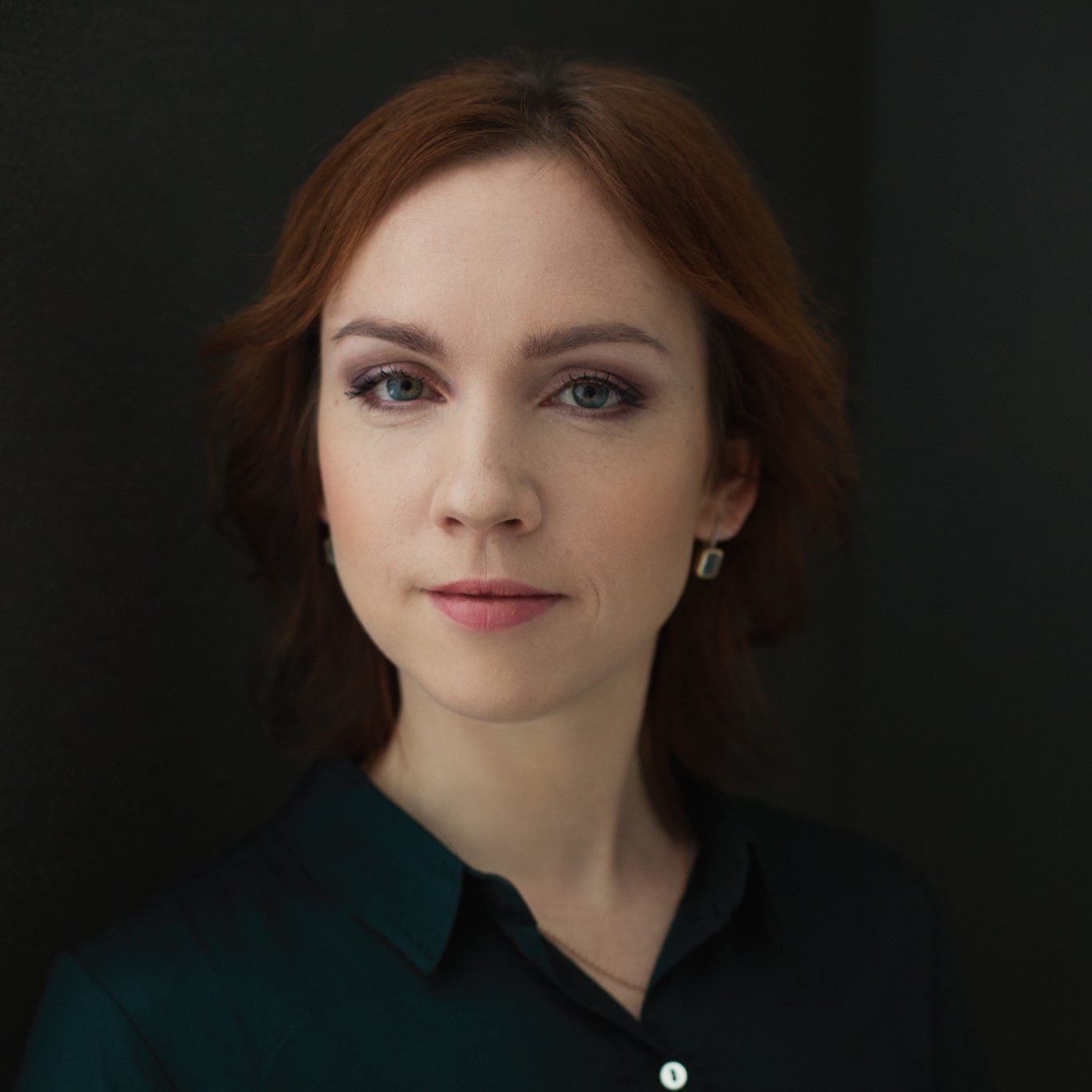The interview

Ragne Riim, Estonia
What is your profession?
I am a PM&R doctor
How is the rehabilitation treatment of spine diseases managed in your country?
Most of the bigger hospitals have rehabilitation departments, and the patient can have a PM&R doctor´s appointment (with a GP/surgeon´s referral). Whoever needs it can be referred to an inpatient setting.
Scoliosis: how is it treated?
As far as I have understood (since I am new to scoliosis treatment), GPs refer patients whom they suspect to have scoliosis to an orthopaedic, less to a PM&R doctor. Children's orthopaedic surgeons numbers are low and even lower those who deal with scoliosis, GP-s know their names (we are a small country). Even if the patient ends up with the wrong appointment, they are usually referred to the right specialist.
We have school screening for posture as a part of the health examination in the 1st (7-8 years old), 3rd (9-10), 7th (13-14), and 10th (16-17) classes, and the GP does it in the 5th (11-12 years old) and 9th (15-16) classes` schoolchildren's health examination. The specialist usually examines the patient, and if there is a suspicion of scoliosis, an X-ray is done. It means that not every patient is sent to have a radiograph. Most of these patients are managed by an orthopaedic first, who may refer the patient to a PM&R doctor to have a PSSE course. Usually, the orthopaedic surgeon decides who needs a brace. The brace is made by a private orthotist.
In Estonia, there are two braces available: older Boston (symmetrical) and RCS braces (Ortholutions). I know that not so long ago, ago patient´s families went to Germany, Sweden, Russia, etc. to get a brace.
We have an NGO called Katharina, managed by Tallinn Children's Hospital´s orthopaedic staff. They organise events for children with scoliosis, and somehow getting a brace (RCS) is also linked to that NGO. In 2019, they made 29 braces. They have several Schroth therapists who work in private practices, so they are not covered by national health insurance. I do not know how many Boston braces are made annually. Due to the low volume of patients, we are not able to fulfil SOSORT's ideal requirements for making braces.
Scoliosis braces are partially funded for families; this is about to change in 2022 when national health insurance takes over fundraising TLSOs.
In Estonia, Schroth therapy is used. (Usually every year there is an opportunity for a PT to have a course and certificate in Schroth therapy.) Unfortunately, there are not enough Schroth therapists, hopefully, this will change. Schroth therapy is under physiotherapy and funded by national health insurance in hospitals. Overall, we are aware of SOSORT guidelines, and mostly youth scoliosis is managed according to them.
We have two hospitals with specialised child wards and one hospital with a specialised spinal surgery centre where the most experienced children undergo orthopaedic surgery, which concerns scoliosis. In the latter, surgeons took the initiative to build a scoliosis centre with PM&R doctors and up-to-date conservative management. This scoliosis centre started in October 2020.
What would you like to improve on the clinical practice currently followed in your country?
I want that in Estonia there would be one specialised centre with proper conservative and surgical treatment opportunities (I believe that having these two side by side is actually good for both), so that patients don´t have to find the right specialists around the country. I also find that having good connections with PM&R doctors who are interested in scoliosis is essential in a small country like Estonia, so that patients could be referred to scoliosis-specific physiotherapy where they live. We need more therapists who could work with scoliosis (right now it is Schroth that is used and taught).
What can the Scoliosis Online Master Course PPSCT give you, and how do you think you can apply this knowledge in your daily clinical practice?
I am working with scoliosis patients (among some other spinal diseases), also working with the concept of how these patients should be managed in our centre conservatively. We do not have an age limit; most of the patients have degenerative scoliosis. This course has already given some new ideas on how to improve teamwork in clinical evaluation. There is much to learn and give a thought to what you already know. I am already applying knowledge from the course in my daily practice and we have had only 2 modules.

